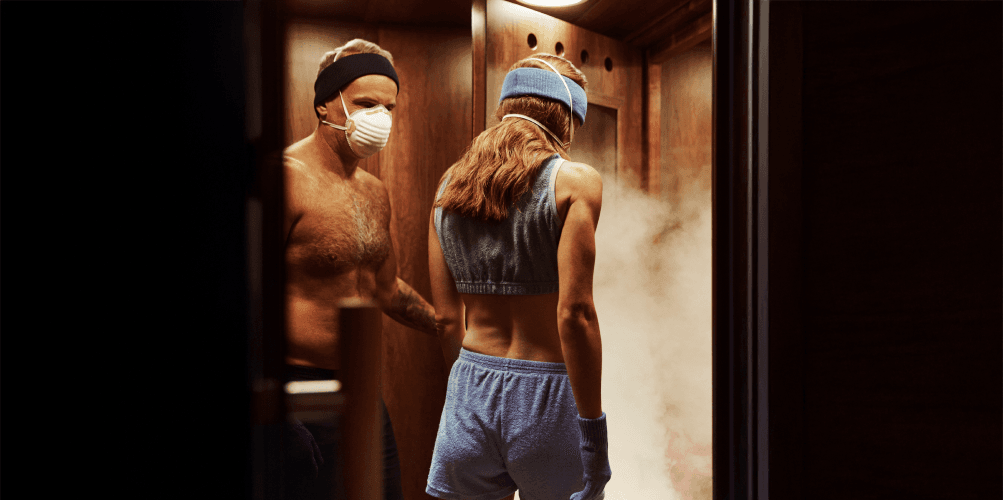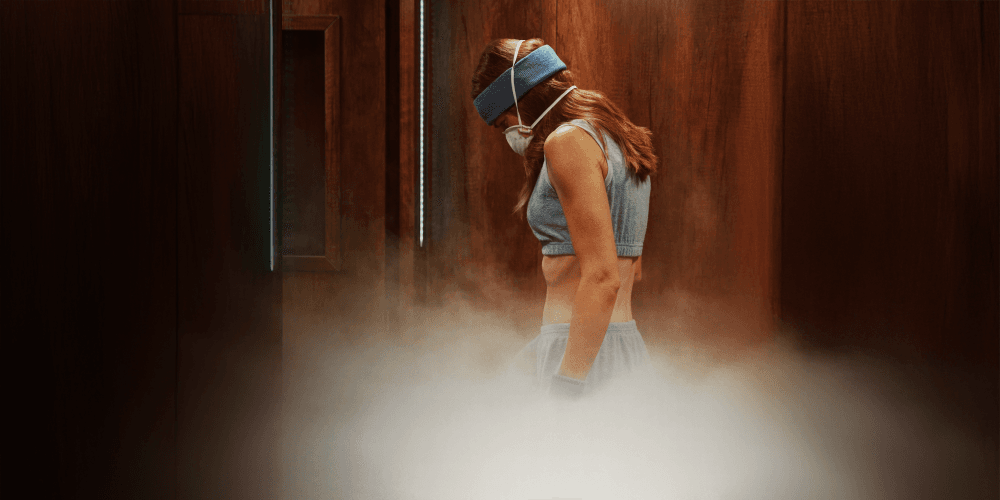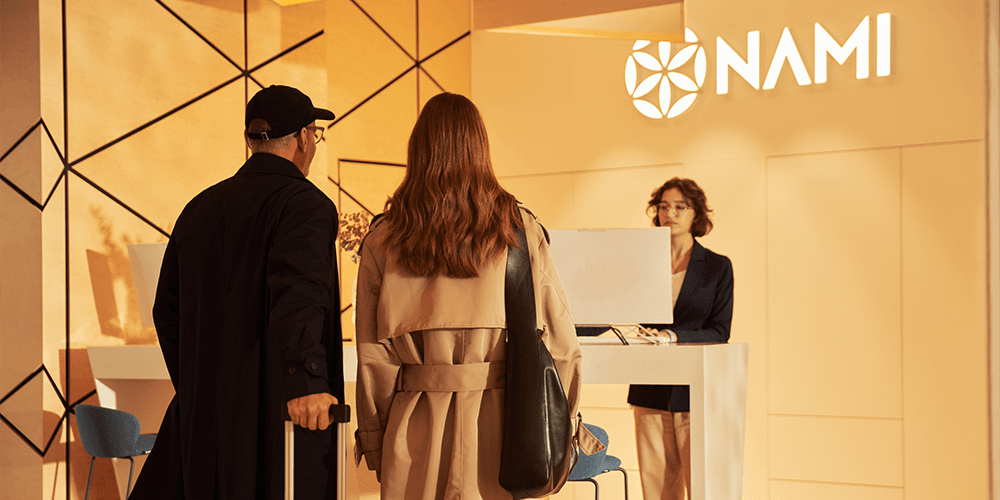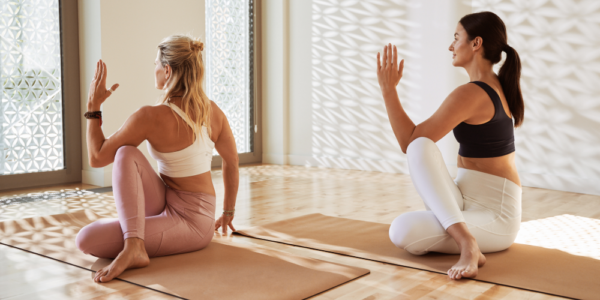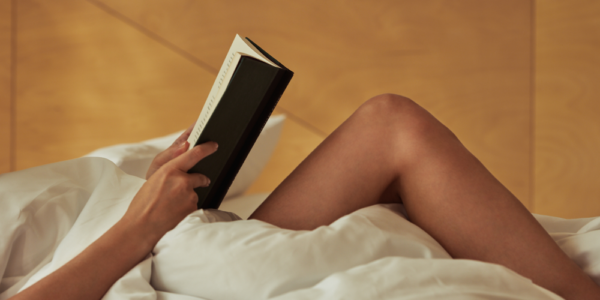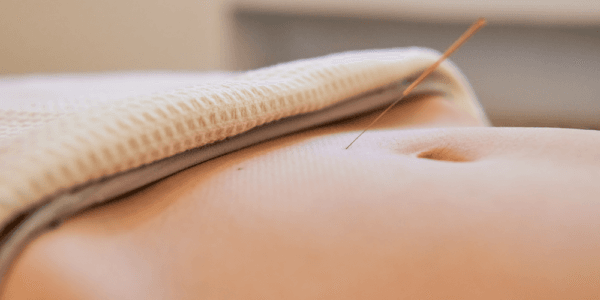- Home
- Our philosophy
-
Health programs
chevron_left Backclose
-
Special offers
- HBOT
-
Rooms
chevron_left Backclose
- Contact
-
INVICTA Group Services
chevron_left Backclose
INVICTA Group Services
